Don't use household items blindly, especially these 7 items. If used incorrectly, they will backfire and damage the furniture.
Whether it is household cleaning products or small household items that increase your sense of happiness, many of them require certain methods to use. If you don’t do your homework in advance and use them incorrectly, it will damage the furniture and cause a lot of trouble.
For example, the 7 things I’m going to talk about today do work, but you must understand them thoroughly before you start, otherwise it will be too late to regret. Let’s take a look together~
1. Do not use citric acid on marble
Citric acid is the "killer" of scale. It is really effective in removing scale on kettles, pots, hardware, glass, etc. in the home.
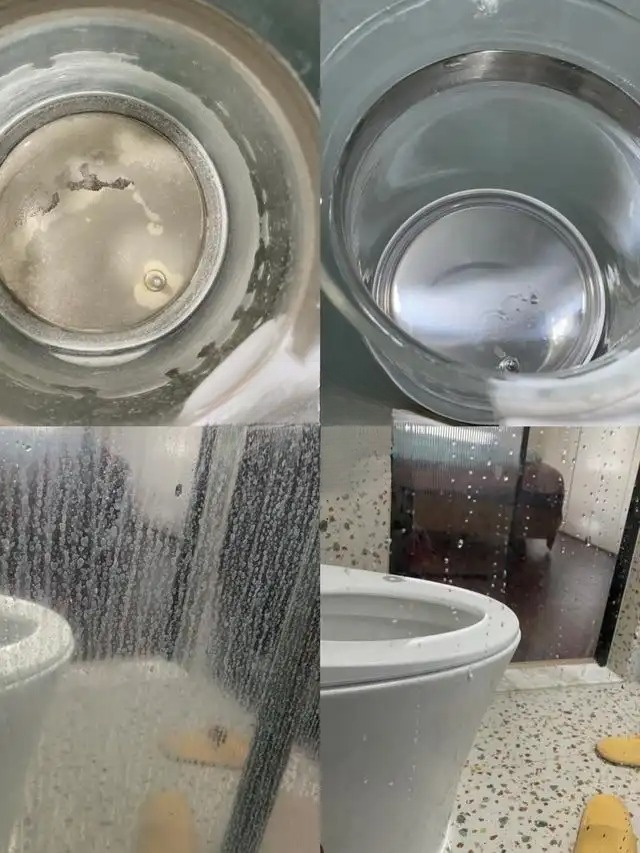
Some people think the effect is magical. After discovering that scale easily accumulates on the marble floor of their home, they try to use citric acid to remove it. As a result, not only the scale is removed, but the marble is also ruined.
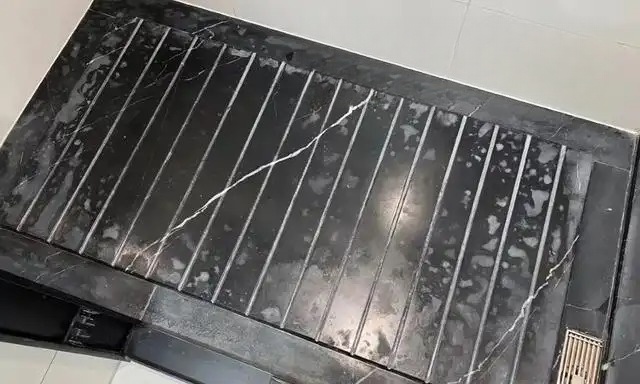
This is mainly because the main component of marble is calcium carbonate, which reacts with citric acid to produce white powder, which causes the surface to turn white.
Remember! Not only citric acid, but any acidic cleaners cannot be used on marble.
If it has been misused, you can use a special stone cleaner to scrub it. For severely whitened areas, polish them with sandpaper and spray them with brightener. They will basically be back to their original state the next day.

Except for marble, you can still use it with confidence on scale in other places in the house. After all, it is made of food grade material and there is no need to worry about safety issues.
2. Don’t use floor tiles blindly
If you don’t like the floor tiles in the bathroom or kitchen, or just want to change the style, many people will buy popular floor tiles online. As long as you choose the right pattern, they look really good when they are first applied.
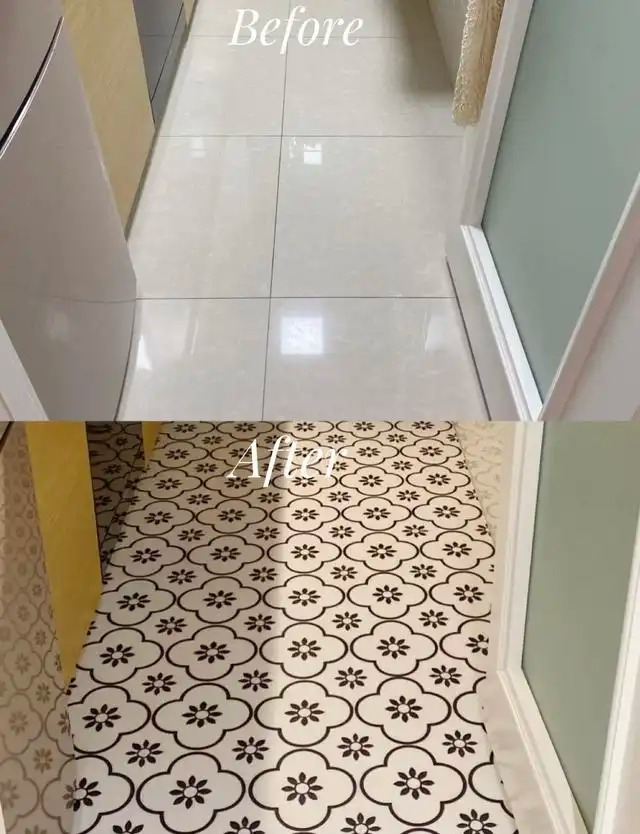
It is self-adhesive and the application process is not difficult, but soon after application you will find that once there is a stain on it, it is basically impossible to clean it.
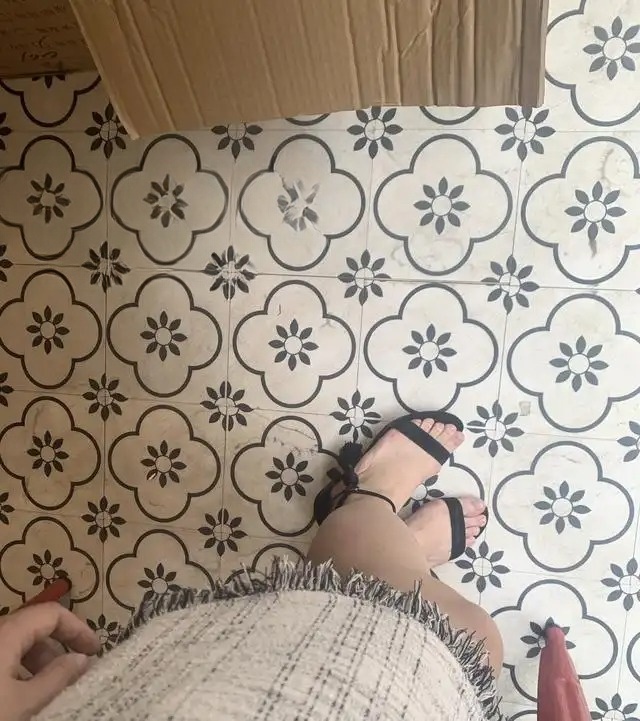
Moreover, if you don’t like it anymore, it is very difficult to tear it off. The glue stains are all stuck to the floor, and even using several bottles of glue remover may not be able to remove them cleanly.
Anyone who has used glue remover knows that the smell is so strong that it can make people faint. It's really asking for trouble!

Therefore, no matter what the situation, do not use floor tiles. If you really feel that the floor tiles have failed, either tear them down and start over, or buy a floor mat to lay on top. At least it is movable, and you just need to clean it more often.
For example, this PVC full-coverage floor mat is waterproof and oil-proof, easy to scrub, and can be removed if you don’t like it. It is relatively flexible.
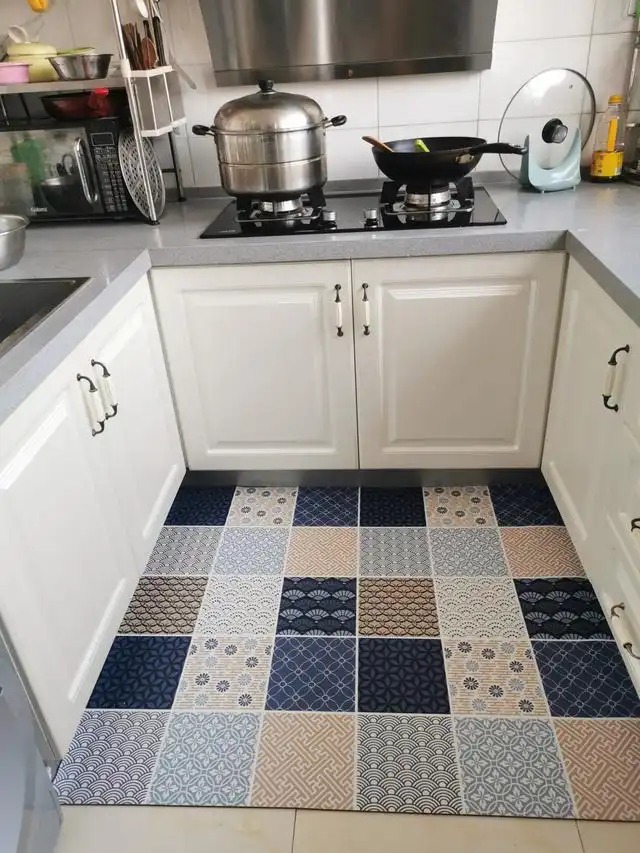
But this is really a helpless move. No matter what you use, it is not as simple, convenient and easy to clean as using floor tiles directly.
3. Do not use 84 disinfectant in the whole house
This is regarded as a "god" by many people. When they clean, wash and mop the floor at home, they will add 84, thinking that it will be clean and reassuring only after disinfection.

But we all know that 84 is corrosive. Using it to wipe furniture frequently, especially paint and leather surfaces, will cause certain damage to them.
If you have wooden floors at home, frequently mopping the floor with 84 will affect the glossiness of the floor, and the pungent odor it emits will make people feel uncomfortable.

In order to reduce unsafe factors during use, everyone must read the instructions before use, including the dilution ratio, usage scenarios, precautions, etc., to ensure that they are understood before use.
Here is a reminder: when diluting 84, you must use cold water, not hot or warm water, as this will produce chlorine gas and endanger your health.
To clean the floors or furniture at home, you still need to use professional cleaning products, and floor cleaning tablets are very good.
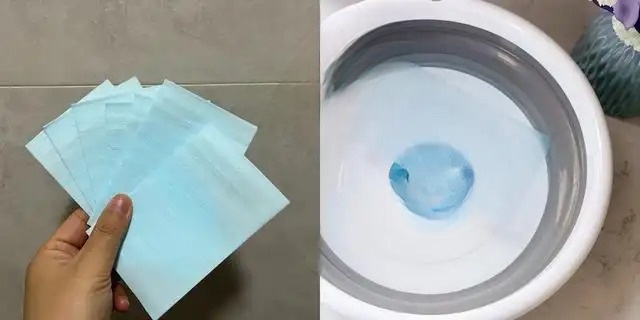
The surfactants, bioactive enzymes, antibacterial agents, etc. contained in it can not only decompose stains, kill bacteria and sterilize, but also maintain the floor.

Although it is called floor cleaning tablets, it is completely fine to wipe furniture. The ingredients are mild and there is no need to worry about damaging the furniture. Just dissolve one or two tablets each time. The wiped furniture is just like the floor and is not easily affected by dust.
4. Do not use anti-mildew stickers in the kitchen
The kitchen has a countertop basin, and the silicone sealant around the sink is basically prone to mold.
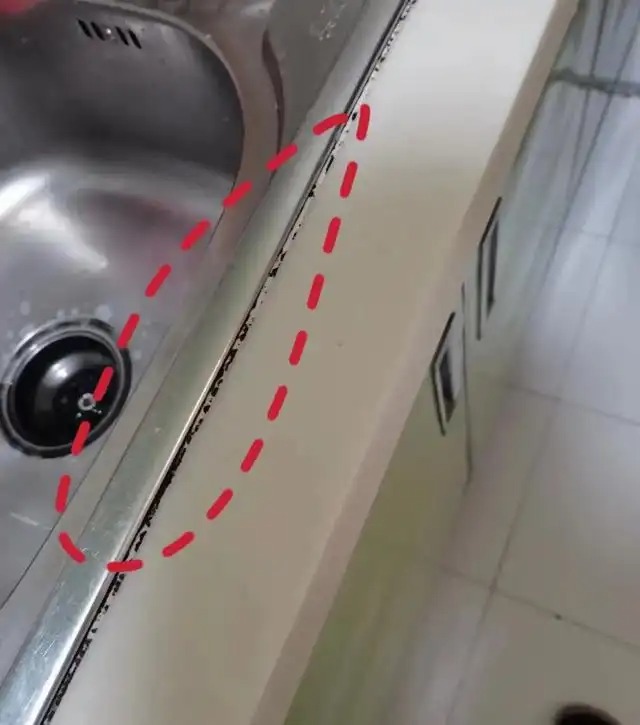
In order to prevent this big trouble, some people buy this kind of transparent anti-mildew stickers and try to stick them on places prone to mold, even around stoves that are prone to harboring dirt and grime.
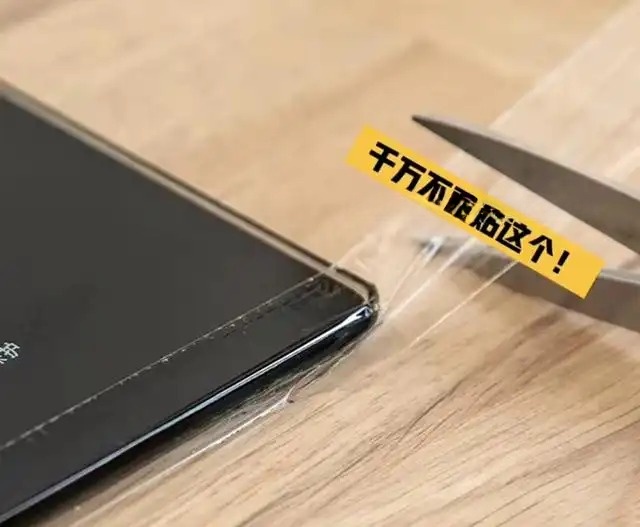
Not to mention the anti-mildew effect, when you want to tear it off when it gets dirty later, just like floor tiles, the glue stains are difficult to remove, and if they are not removed cleanly, it will greatly affect the appearance of the countertop.
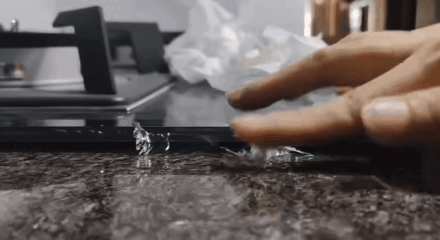
Therefore, I personally think that it is better not to do these "ineffective" cleanings, which will only complicate things. It won't take much effort to solve the problems when they arise.
For example, if there are dead corners in the stove that are prone to accumulation of debris, you can learn from Japanese housewives and clean them regularly with dental floss or a thin rope, and they will be clean.
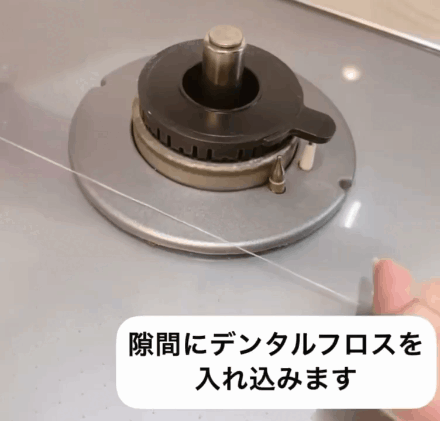
As for the problem of mold around the sink, you can either use an under-counter basin when installing the sink, which has no sanitary dead corners, or use MS anti-mold glue to fundamentally eliminate such problems.
If you don’t take it into consideration in the early stage, you can use anti-mildew gel to remove it regularly later.
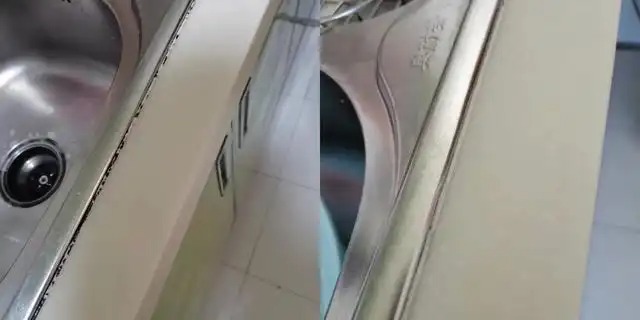
Apply a layer to the moldy area, let it sit overnight, wipe it off the next day, and it will be clean. You only need to use it once every few months, it's not difficult.
Similarly, it can also be used to solve the problem of moldy glass glue on kitchen countertops, bathrooms, etc.
5. Toilet cleaners and oxalic acid cannot be used on stainless steel
I really didn't know this before, until one time I hired the cleaning lady to do a big cleaning. When she used oxalic acid to clean the tiles, she also used it to wipe the stainless steel hardware in the bathroom. As a result, without exception, all of them were corroded.
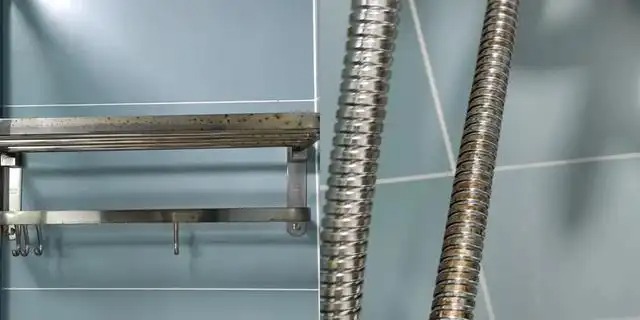
Later, when I was searching for solutions online, I found that many of Sumitomo's stainless steel sinks, hardware, etc. were also corroded and turned black by toilet cleaners.

Only then did I realize that stainless steel is also very "sensitive" and cannot be wiped with toilet cleaners and high-concentration oxalic acid. Once used, it is basically half ruined.
Although there are stainless steel polishing powders, metal polishing pastes and the like that can be wiped off, the feedback on the effect is very general. It is better to take precautions, learn about it in advance, and protect your furniture.
6. Don’t try the heat conduction plate easily
Place it on the stove to isolate the pot from the open flame when burning, in order to prevent the bottom of the pot from turning black.
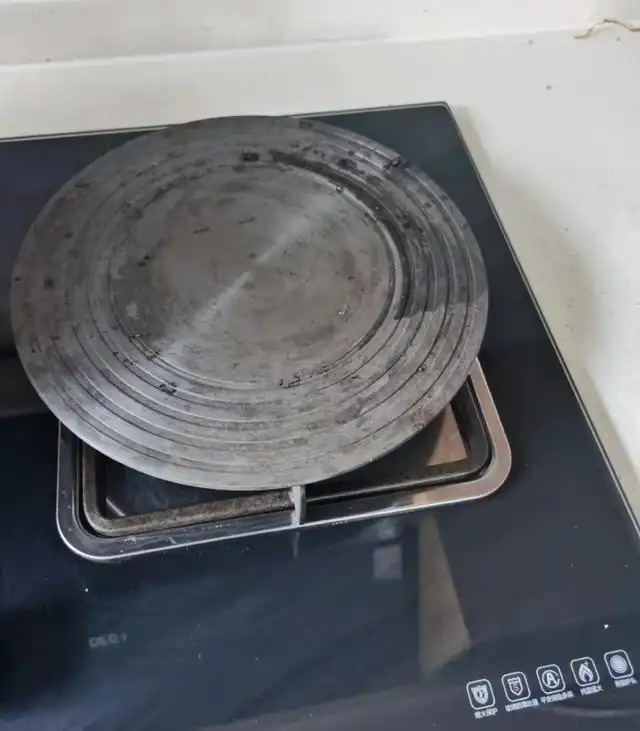
The purpose of preventing the pot from getting black can certainly be achieved, but there is a thick metal plate in the middle, and the heating efficiency is much lower. It takes ten minutes to boil a pot of water instead of five minutes, which is a great waste of resources.
This is not the worst part. What’s more terrible is that it has requirements for the stove panel. If your home has a glass panel, there may be a risk of the panel exploding, which is not worth the risk!
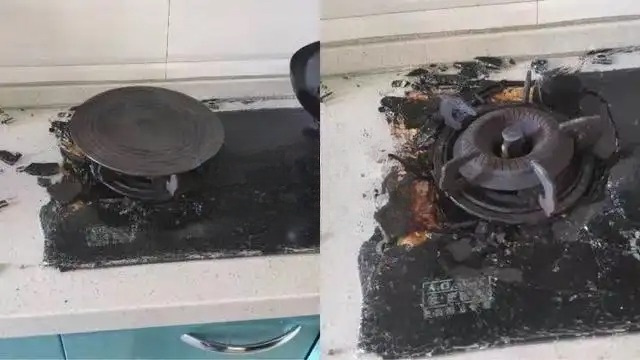
To put it another way, the blackening of pots and pans is not something unbearable. Even if the bottom of the pot does become black after using it for a long time, there are many cleaners that can solve this problem.

For example, this stainless steel cleaning paste, as long as you apply a layer on the pot, and wipe it repeatedly with a steel wool or scouring pad, it can basically be removed. Why bother using a heat transfer plate?
7. Do not use caustic soda at home
Caustic soda, also known as sodium hydroxide, is a fatty acid in the oily dirt in the home, which can react with sodium hydroxide. Therefore, many people use it to clean range hoods and unclog sewers.
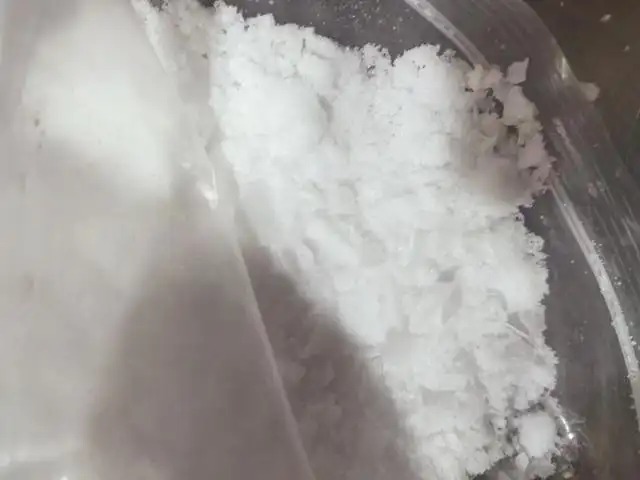
But no matter how useful it is, it belongs to Class 8 hazardous chemicals and is extremely corrosive. If it is accidentally touched, it will burn the skin. If it is accidentally eaten, the consequences will be even more unimaginable.

What's more, some people have used it to conduct experiments. When caustic soda is used to unclog sewers, it will instead undergo a saponification reaction with grease, forming solid crystals that stick to the pipe walls, making the blockage more serious. In the end, only professionals can be called in to unclog the sewers.
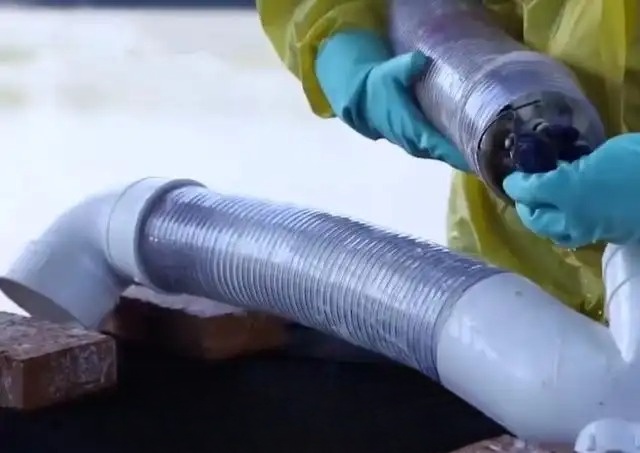
Professionals use wire to dig it out, and the liquid brought out is also highly corrosive, so you need to be very careful.
Therefore, no matter how good its effect is, it is not recommended to use it at home!
To clean the oil stains on the range hood, please use a professional heavy oil cleaner, spray it on the oil stains, let it sit for a while, the oil stains will be effectively decomposed, and then you just need to wipe it clean.

The whole process is very safe and there is no need to worry.
It is also recommended to use professional drain cleaners, which are available in powder, liquid, and gel forms. It is recommended to choose gel-textured ones, which can stick to the pipe wall when poured in, and are also convenient for full reaction with the blockage.
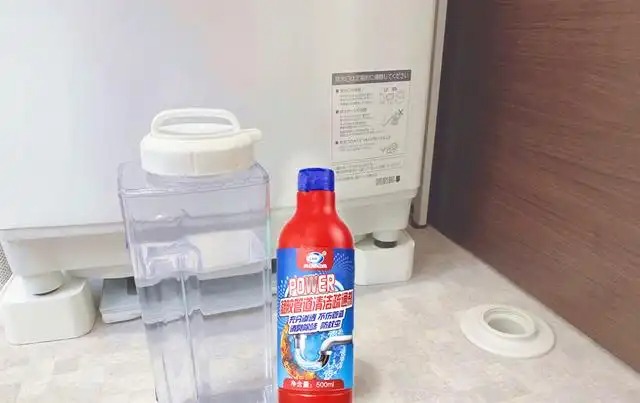
In case of severe blockage, it is better to pour out one bottle at a time. If blockage problems are prone to occur at home, you can also perform regular daily maintenance, half a bottle each time, to reduce the frequency of blockage.